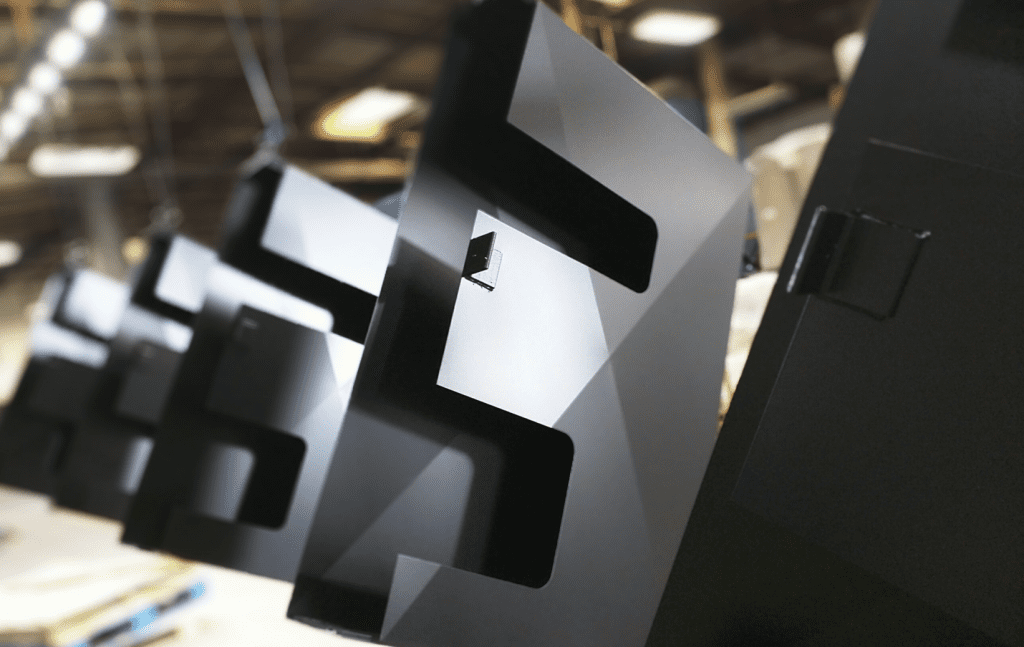
The Key Factors When Quoting Coating Jobs
Asking the right questions quickly narrows down the options.
Customers who need parts coated usually come to Crest Coating with a particular performance need or an established specification that they want to hit. Most requests start simply enough, but we know that choosing the ideal industrial coating can be complicated.
A typical client might say right off the bat: “I need a Teflon™ coating” because they know the name and they know the reputation. Or perhaps they tried another coating and it didn’t perform adequately. One thing that might surprise our readers is that when they ask for a “Teflon™” coating, there are dozens of coatings that meet that description, and there are hundreds more from other reputable manufacturers. It’s our job to find out what your goals are and identify the best coating for the job.
There are many factors when choosing a coating and quoting a job, so we tend to approach it like detective work and start by asking a lot of questions. And we always like to have that conversation on the phone, because the conversation tends to flow naturally. It’s easy to ask follow-up questions that help us get pointed in the right direction rather quickly.
What is the ultimate goal?
First off, we ask: “What do you want this coating to do?” Or, more accurately, what combination of coating properties is most important? The properties and functions of coatings cover a wide range from nonstick to abrasion resistance, from chemical resistance to mold-release, or varying levels of corrosion and temperature resistance, just to name a few. Once we understand what the goals are, the decades of institutional and individual experience at Crest Coating give us an advantage with the knowledge of what works best in different environments.
What’s the best compromise?
Since you can’t have it all in one coating, there are always tradeoffs. For instance, a PTFE coating would be ideal for a dry-lubricant application with some corrosion resistance, but FEP would be better for injection-molding applications. Likewise, ECTFE would be ideal for chemical resistance, but only up to 300°F, whereas a PFA coating would be better for temperatures up to 500°F. The more information that we have about the process, the more accurately we can identify the ideal coating for the job.
What are the limits of the project?
The limits, or constraints, usually come from the material that needs to be coated and the end-use environment of the coated part. Common material constraints include the type of substrate (steel, aluminum, polymer, etc.), the thickness, the strength, the resistance to high temperatures, and so on. Common environmental constraints include maximum temperature use, chemical exposure, and UV or sunlight exposure, among many others.
Are there other unique aspects of the job?
Parts with sharp edges or angles present coating challenges of their own, as do parts with hard-to-reach recessed surfaces. Ideally, we like to be involved in the design conversations early in the process so we can advise on how to make that part easily coatable. A well-designed part can maximize coating line efficiency, thereby cutting costs or lead time dramatically. Depending on the type of part, we’ll request an easily accessible through-hole, threads, or a holding tab to hang the parts efficiently.
How do test coatings perform?
After narrowing down our search to several coating options, we can perform test coatings to see which coating achieves the most desired properties. This is another place where experience can save time and money. Our engineers know what works best for countless real-world examples because they’ve seen countless applications over the past 50+ years in every industry from aerospace to medical. Even if we haven’t seen a particular process before, odds are we’ve seen something similar enough to give us a head start in recommending coating options that offer the best possible performance.
Are there price limitations?
If more than one coating achieves the performance goal, we then identify which option might offer a more economical solution. Coatings that require multiple coats can incur higher costs from labor, prep, and oven time. Often then, the customer realizes that they don’t need “the absolute best” option if a less complex option will offer similar performance. If there’s a coating that provides 90% of the performance for 50% of the cost, we will absolutely make that recommendation. We see ourselves as your partner in helping you meet your goals. It’s rewarding when we can find a “win-win” solution in a single-coat option that performs well on several key performance criteria.
At Crest Coating, we pride ourselves on solving your problems. We value the coating knowledge and application experience of our industrial coating services staff, who have decades of experience. To find the right coating for your next project, fill out this quick form today.